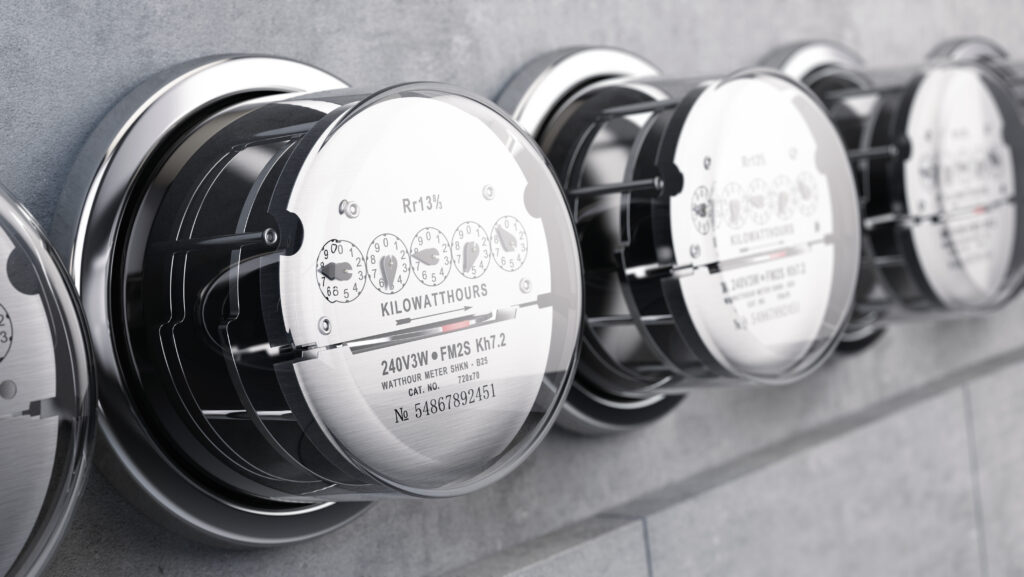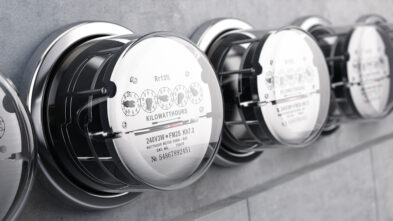Last week, we hosted a Webinar on Automating the Way you Manage Submeter Reading and Billing. The Webinar was moderated by Genea’s VP of Sales, Robert Vail and featured three Submeter Reading and Billing experts; Brian Haine, Paul Marcoux and Laura Mullins.
The webinar is broken down into three blog posts focusing on the key takeaways from each speaker. This is part two and will review Paul’s segment on how to accurately analyze utility bills, how to precisely bill for submeter usage and common mistakes in submeter reading.
If you missed the part one with with Genea’s Director of Technical Services, Brian Haine, you can catch up here.
Submetering is a tricky process and we often see many of the same problems time and time again across the industry. Most of these issues are relatively simple to fix and/or prevent. It requires a deep understanding of the processes and then requires taking steps to prevent issues before they arise.
The biggest struggles with submeter reading and billing emerge from passed down information, misconnected information, mixed environments (mismatched submeters and spreadsheets), and not having the ability to store, bill and collect all that data.
Another common issue is sometimes buildings are set up without fully metering every piece of equipment. This creates complexities that often need to be worked through in order to accurately billback utilities. However, you need to work through multiple nuances such as pro-rata share, and split rates, which can be tough if you don’t understand them.
Submeter billing and reading is made up multiple moving pieces including engineering, accounting and property management teams, which creates potential for misinformation. This is especially prominent with spreadsheets because it can be difficult for one department to read and/or understand what has been written by another.
Often buildings do not maintain any kind of audit trail or submeter readings. Tenants will ask a lot of questions such as, “Why is my usage higher?”, or “Why are my costs higher?”, or request a simple monthly reading confirmation. If you aren’t able to provide detailed back up, it can be difficult or impossible to provide accurate, transparent answers to these questions.
Submeters can be read and billed in variety of ways, depending on the needs of a building. The most simple is called a base case. This is when you take a beginning read and an ending read from a manual meter and bill for the usage in between by applying an at-cost blended rate. An at-cost blended rate depends on the market you are in, but at a very basic level it is taking the total utility cost and dividing it by the total utility bill consumption and including fees, taxes and everything you would be paying for from your own building and applying that to meter usage.
A more advanced billing case can involve either manual or automatically read meters or a combination of both. An advanced case is taking a pro-rata share and splitting meters between a few different tenants; you then bill back for common area usage (CAM) such as the lobby or parking lot lights. Another advanced case could be when you work with virtual meters to allocate across different tenants and processes in your buildings and then use meters to allocate costs with different units of measurement. Billing a tenant for their time of use is another example of an advanced case. It requires collecting enough meter data at a granular level to be able to bill at the time of use, with demand, and with different rates, all of which can be complex and tough to do. Tiered billing is meters that are charged one rate for a certain amount of usage and then another rate if it it exceeds that amount.
One of the first steps Genea does for prospects and customers, is to run a full billing audit. This provides a better understanding of what existing difficulties the building is experiencing. It also provides an inside view if something was misbilled in the past and what their processes have been.
To complete this audit, we request past invoices, billing spreadsheets, pictures of meters and read sheets and use them to take a deep look at the trends, cost per square footage, consumption calculations, linked formulas, utility bills and rates. Doing this allows us to double check if things are being billed accurately and point out things that are not.
Here are a few mistakes we see often:
- Multipliers: Some of these mistakes come from incorrectly read multipliers. Multipliers are a number (typically written on the meter) that tells the meter reader how much to multiply the meter read by. If the multiplier is incorrect, it can create issues with both under and over billing.
- Rates: Another common mistake is the building not staying informed and billing for the correct market rates. Rates are typically set by the utility provider and can change from month to month. If buildings don’t keep up with the changing structure and rates, they could potentially be misbilling.
- Conversions: Conversions, which is changing the unit of measurement from one type to another (ex. gallons to cubic feet), is yet another common mistake. If conversions aren’t made correctly with a rate then applied to the converted amount, you will be misbilling.
- Capturing a Rollover: Every meter has a finite amount of values it can display, so when it reaches that max value, it’ll rollover in order to start from zero again. If it isn’t correctly noted in the billing spreadsheet, the tenant will be billed for an incorrect value.
- Mistyped Reads: Another big issue is mistyped reads. Human error is inevitable so if you are relying solely on an employee to be responsible for inputting meter reads, one mistake can create a big under or overbilling problem.
Genea’s software ties all the steps together in one seamless process and saves time, questions and headaches for everyone. We are able to provide an audit trail so any time a tenant raises a question about a read, a calculation, a rate (or anything else) we are able to provide documentation whether it’s a formula, a calculation back up or a time stamped photo of meters.
To make sure we always meet deadlines and provide the billings on time, a notification in our system alerts clients if any reads or utility bills are missing. This ensures we collect them before any deadlines for accounting or engineering teams are missed.
Once Genea has received all the necessary information, a 24-48 hour turnaround time is requested for billing, although it is often completed faster. We integrate with most accounting systems in the industry allowing us to provide customized accounting files. In order to integrate accounting systems and create customized files, Genea needs a sample accounting file. We then replicate it and line it up to mirror exactly what you have used in the past. Once the data is available in our system, we send out a test file to make sure it works. We are able to do this for anyone, regardless of the accounting software used.
Genea works on providing billing that closely aligns with your utility provider. It can be difficult to coincide because the utilities bills can come out whenever they want. We have a full metering team who is solely focused on prioritizing meeting deadlines. Maintaining this standard allows property teams more time to focus on other to-do’s.
Set up time is dependent on how quickly a building team can send over the information Genea needs. We have done implementations in as little as 7 days, so it really depends on how quickly the client can send over their audit.
Tomorrow, Laura Mullins will walk through the different components of a utility bill, submeter billback and utility resale.
For more information on how Genea can provide an automated, cloud-based submeter reading and billing solution for networked and non-networked meters, schedule a demo below.


